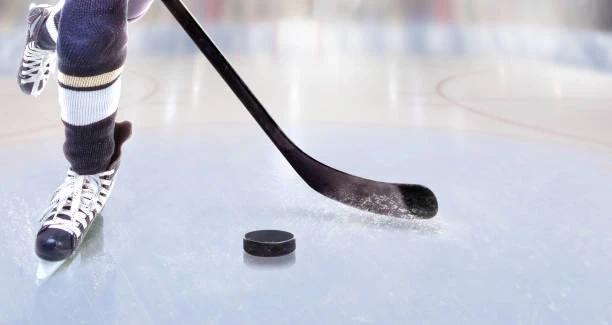Ice hockey is a sport that demands precision, speed, and control. One crucial element in achieving mastery over your shots is selecting the right ice hockey stick. With a myriad of options available, choosing the perfect stick can be overwhelming. This guide aims to provide insights into the factors that influence shot control and help you make an informed decision when selecting your ice hockey stick.
Understanding the Basics of Shot Control
Stick Flexibility
The flexibility of an ice hockey stick plays a pivotal role in shot control. A stick with the right flex allows players to load energy into the shaft and release it effectively during a shot. For players who prefer a quick release, a low-flex stick is ideal, while those seeking power and accuracy may opt for a higher flex. Understanding your playing style and position on the ice is essential in determining the appropriate stick flexibility for optimal shot control.
Blade Curve and Pattern
The blade curve and pattern significantly impact puck handling and shooting accuracy. The curve dictates how the puck interacts with the blade during shots and passes. A more pronounced curve helps lift the puck, while a flatter curve enhances accuracy. Additionally, the pattern influences the trajectory of shots. Experimenting with different blade curves and patterns will enable you to find the combination that aligns with your playing style and enhances your shot control.
Finding Your Perfect Ice Hockey Stick
Grip and Material
The grip of an ice hockey stick and the material used in its construction contribute to overall comfort and control. The right grip ensures a secure hold during intense gameplay, reducing the likelihood of mishandling the stick. Furthermore, stick materials, such as composite or wood, affect weight, durability, and responsiveness. Testing various grips and materials will help you identify the combination that feels natural in your hands and enhances your ability to control the puck.
Stick Length
Determining the correct stick length is often overlooked but is crucial for maintaining proper body mechanics and shot control. A stick that is too long or too short can hinder your ability to handle the puck effectively. As a general guideline, the ice hockey sticks should reach the tip of your nose when you're not wearing skates. Experimenting with different lengths in practice will allow you to find the sweet spot that complements your playing style and maximizes shot control.
Conclusion
Mastering shot control in ice hockey involves a combination of skill, practice, and having the right equipment. Your choice of an ice hockey stick is a critical component in achieving precision and accuracy on the ice. By understanding the nuances of stick flexibility, blade curve, grip, material, and length, you can fine-tune your equipment to suit your playing style. Take the time to experiment with different combinations and consult with experienced players to find the perfect ice hockey stick that will elevate your game and help you master the art of shot control.


